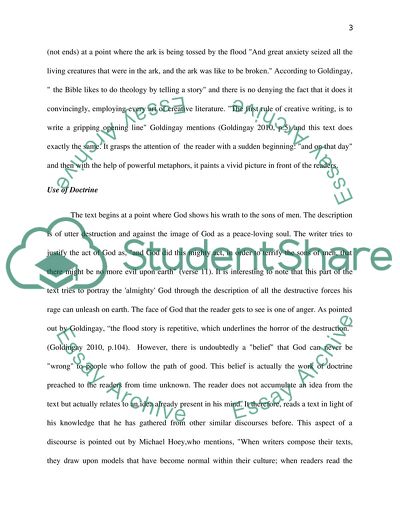Cite this document
(Literature Analysis of Genesis Chapter 7, Verses 11 to 29 of the Old Research Paper, n.d.)
Literature Analysis of Genesis Chapter 7, Verses 11 to 29 of the Old Research Paper. https://studentshare.org/literature/1811021-text-analysis-written-text-english-linguistic-and-literature
Literature Analysis of Genesis Chapter 7, Verses 11 to 29 of the Old Research Paper. https://studentshare.org/literature/1811021-text-analysis-written-text-english-linguistic-and-literature
(Literature Analysis of Genesis Chapter 7, Verses 11 to 29 of the Old Research Paper)
Literature Analysis of Genesis Chapter 7, Verses 11 to 29 of the Old Research Paper. https://studentshare.org/literature/1811021-text-analysis-written-text-english-linguistic-and-literature.
Literature Analysis of Genesis Chapter 7, Verses 11 to 29 of the Old Research Paper. https://studentshare.org/literature/1811021-text-analysis-written-text-english-linguistic-and-literature.
“Literature Analysis of Genesis Chapter 7, Verses 11 to 29 of the Old Research Paper”. https://studentshare.org/literature/1811021-text-analysis-written-text-english-linguistic-and-literature.


